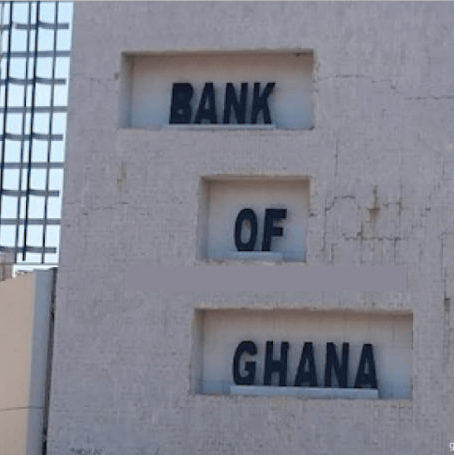The rates on demand deposits have fallen marginally to 2.63percent by the end of October 2020 from 2.8 percent in October 2019.
This depicts a year-on-year decline of approximately 17 basis points (0.17%).
This is according to the latest statement of financial and economic data released by the Bank of Ghana.
The statement issued by the Bank of Ghana indicates that demand deposits rate maintained an annual average of 2.8 percent from October last year through to the beginning part of this year until July 2020 where it rose to an average of 2.88 percent, representing a marginal upsurge of 8 basis points (0.08%).
By the end of 2020 quarter three, demand deposit rates decreased marginally to 2.63 percent and remain unchanged by the ending of October this year. Additionally, the Bank of Ghanahas revealed that demand deposit rates are still the lowest rate among all deposit rates including those bound by time.
In contrast, the rate on savings deposits kept hovering around 7.55 percent from October last year to the end of the second quarter this year. At the beginning of the third quarter of 2020, savings deposit rates shot up to 7.63 percent and has stayed so to the end of the month of October, indicating an upsurge of approximately 8 basis points (0.08%), the Bank of Ghana mentioned.
Again, based on the Bank of Ghana’s statements, time deposit rates for 3 months have remained unchanged at 11.5 percent from the beginning of the year whereas 6 months’ time deposit rates decreased from a monthly average of 10.5 percent throughout the second quarter to an average of 10 percent from the start of the third quarter to the end of October 2020,depicting a sudden decline of 50 basis points (0.5%) in the third quarter.
The Bank of Ghana’s summary of financial and economic data gives further indication that the monetary policy rate, although it was initially 16 percent has been reduced to 14.5 percent and has been maintained as such since March 2020 due to the coronavirus pandemic which required the institution of an accommodative monetary policy to support the recovery.
Although the monetary policy rate is slightly lower compared to the Ghana reference rate of 14.75 percent, it’s higher than the interbank weighted average rate which has been steadily declining monthly since the start of the second quarter where it stood at an average of 13.98 percent and now 13.55 percent by the end of the month of October this year.

The general deductions made from the figures provided by the Bank of Ghana suggest that whereas the demand deposit rates which were initially stable and only suddenly augmented at the start of the third quarter and are currently declining, the rates on savings deposits and time deposits remain unchanged since 2020 quarter three. Also, monetary policy rate remains same at 14.5 percent affecting the interbank weighted average lending rateand the Ghana reference rate which have decreased by 1.65 percent and 1.37 percent, respectively year-on-year.





















